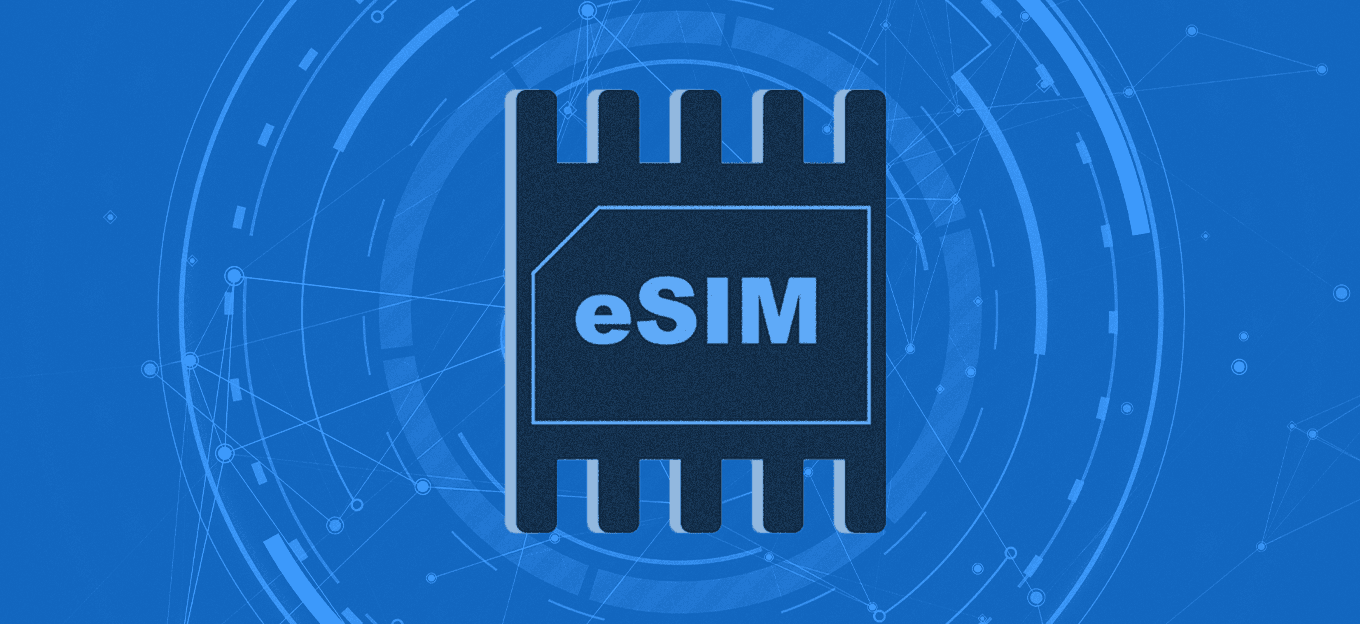The Critical Role of Early IFPP in IoT Product Design
The Critical Role of Early IFPP in IoT Product Design
- Last Updated: July 16, 2025
Kigen
- Last Updated: July 16, 2025



Across sectors, connected product development is evolving, driven by innovation, practicality, and a shared vision to build smarter, more resilient devices. Product teams are already adept at navigating complexity: balancing form factor with function, security with usability, and engineering timelines with operational realities.
Now, a quiet revolution is unfolding.
New eSIM standards like GSMA SGP.32 are unlocking a way for connectivity to be embedded earlier in the product lifecycle, not bolted on post-deployment. With these advances, it’s now possible for connectivity to be integrated securely, even in offline or air-gapped factory environments. This opens doors to manufacturers who, until recently, couldn’t justify the cost or complexity of live-network profile provisioning infrastructure like SM-DP+ within production.
And the timing couldn’t be better.
According to McKinsey, smart factory initiatives are forecast to deliver $1.5 trillion to $2.2 trillion in value annually by 2030, yet only 24% of manufacturers currently report having a fully connected factory environment. The majority remain partially connected—or entirely offline—due to cybersecurity constraints, infrastructure gaps, or the high cost of change.
For OEMs designing IoT devices, wearables, automotive platforms, or smart meters, the challenge is clear: how to build for global deployment without dramatically increasing the total cost of ownership.
This is where a new generation of provisioning strategies, like In-Factory Profile Provisioning (IFPP), offer a practical leap forward.
By combining the architectural strengths of GSMA SGP.32 with the flexibility of IFPP tooling, manufacturers can now:
- Simplify SKU strategy to build a single hardware SKU for a global-scale product
- Provision profiles securely with secure access at the point of manufacture within minutes rather than having to order specific SIMs with hardware multiple months in advance
- Ensure production continuity without depending on live connectivity
- Expand securely into new markets while preserving lean operations
It’s a shift that builds on the strengths of existing product development processes, without requiring operational overhaul.
The New Questions Design Teams Must Ask
With these new capabilities, design teams—especially those working on new product introduction (NPI) or adapting existing products into connected variants—can revisit longstanding assumptions and gain new control over global readiness. Key questions that now belong at the start of every connected product’s lifecycle include:
- How will the device connect during and after production?
- Can provisioning flows be validated early, in real factory conditions?
- How can a global SKU be maintained while ensuring local compliance?
- What is the most efficient way to scale securely across diverse networks?
By addressing these questions early—during concept development, Engineering Validation Testing (EVT), and Design Validation Testing (DVT)—teams unlock flexibility later. This reduces the risk of last-minute redesigns, avoids regional fragmentation, and supports confidence that devices are globally ready from the first batch.
Making Connectivity Part of Product Design
In-Factory Profile Provisioning (IFPP) enables secure, flexible profile delivery as part of QA or production flows—even without public network access. This capability allows product and engineering teams to:
- Validate profile behavior before shipment
- Simulate real-world usage scenarios during EVT and DVT
- Cut down testing cycles from weeks to minutes
- Eliminate post-production provisioning delays
This transforms device staging from a bottleneck into a seamless part of design validation. And because our vision of it builds on SGP.32, it’s forward-compatible with the emerging SGP.42 standard and new deployment models across IoT and consumer devices. For product managers and development leaders aiming to futureproof both product and process, this presents a meaningful opportunity to align connectivity goals with product roadmaps from the outset.
Faster Handovers. Fewer Surprises.
When provisioning is integrated from the start, collaboration between functions improves. Teams across the organization benefit in ways that accelerate delivery and simplify operations:
- Chief Product Officers, Product Managers: Enable a global SKU strategy; reduce regional complexity
- Hardware, Firmware & Embedded Engineers: Test and refine device performance under real network conditions
- Manufacturing and NPI Engineer: Integrate profile provisioning into existing QA and production workflows
- Operations & Supply Chain Leads: Streamline handovers and reduce bottlenecks across validation to deployment
- Quality Assurance, Test and Validation Engineers: Confirm profile and connectivity behavior earlier, avoiding last-minute rework on factory line or within your BOM (Bill of Materials)
Designing for Regional and Global Connected Devices
As device manufacturers aim to serve diverse markets, the ability to scale connectivity has never been more vital. Product teams are moving beyond Multi-IMSI approaches to embrace a multi-profile world, where eSIMs are securely pre-provisioned in the factory to reduce cost and complexity—especially for small, battery-constrained, or headless devices that lack internet access.
This shift enables manufacturers to go beyond the concept and evaluation stages and plan for mass production taking into account the TCO aspects. Rather than overhauling production processes or shouldering high infrastructure costs, teams can now adopt a more secure, flexible provisioning model that supports air-gapped and distributed factories. For engineers focused on New Product Introduction (NPI) or transforming existing products into connected commercial offerings, IFPP enables a leap in execution. Devices can move directly from hardware test benches to real-world testing scenarios on the production line, reflecting actual operational conditions and accelerating readiness.
When deciding, look for comprehensive support for both device and upstream functionality. With this, teams can simulate large-scale fleet operations, gain early visibility into behavior, and streamline integration across the connectivity and cloud stack. In addition to reducing friction in development, it also brings cost predictability and commercial assurance into sharp focus, critical for scaling global products in today’s ever-changing regulatory environment.
The Most Comprehensive IoT Newsletter for Enterprises
Showcasing the highest-quality content, resources, news, and insights from the world of the Internet of Things. Subscribe to remain informed and up-to-date.
New Podcast Episode

What is Hybrid Connectivity for IoT?
Related Articles


